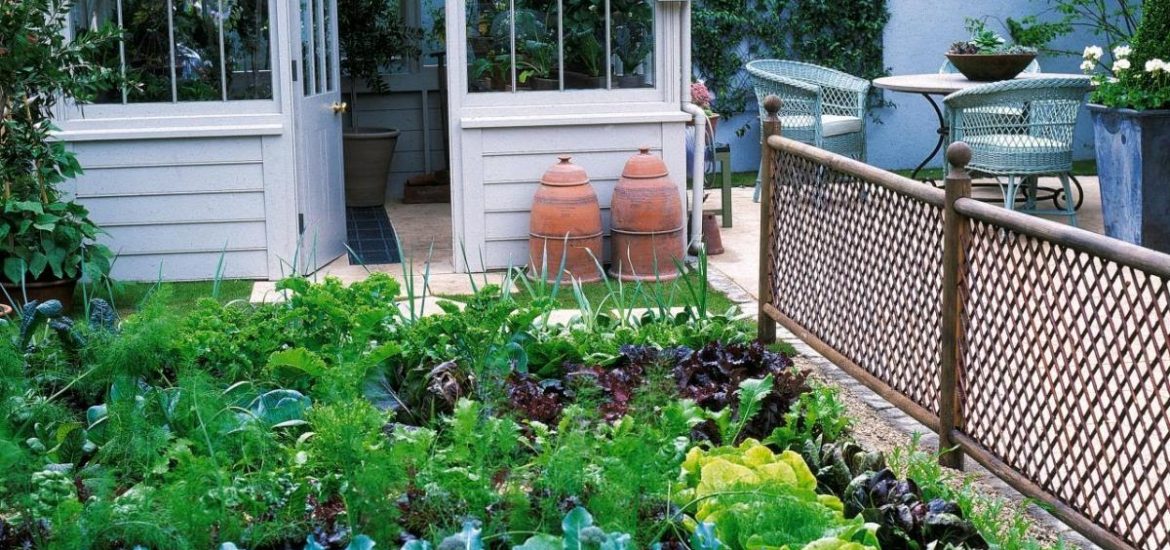Urban kitchen gardening is the new wave in town. Nothing brings life into your kitchen like a freshly harvested vegetable or that crunchy carrot, or a juicy tomato. You can even start visualizing how yummy your stew will turn out.
Most of our homes have customizable yards that you can utilize for a kitchen garden. Besides, if you don’t have a garden space, worry not because there are creative ways of developing an urban kitchen with little space. Additionally, if you are looking forward to purchasing a home, ensure you check out a variety of properties such as movoto homes, to get one that provides space for kitchen gardening.
A lot of vegetables start diminishing in nutrient value as soon as after harvesting. Creating a kitchen garden helps you avoid such inconveniences. To get the freshest and tastiest vegetables and fruits at your convenience, create a kitchen garden with these tips, and lead a healthy lifestyle.
Choose a gardening site in your home.
Not every spot in your home can accommodate a productive garden. You can identify the right spot by observing the drainage system after a downpour. If the water drains out completely, that may be a suitable place to garden. But in the spots where the water forms stagnant puddles, it is not ideal for gardening.
Choose a good site that is also free from rocks to make it easier to till. Also, there has to be plenty of sunlight and partial shading to accommodate your favorite herbs’ growth.
Begin with simple plants
Start with easy to grow plants and herbs like spinach, kale, tomatoes, pepper, mint, beans, lettuces, and parsley.
If you have never had a green thumb in gardening before, beginning with those natural plants according to your tastes would be helpful. You can then learn and move on to planting other plants like cabbages, sprouts, carrots, onions, cauliflower, etc.
Start with raised beds.
Raised beds guarantee you of productivity, especially if you are not sure about the type of soil in your home. You can refill up the beds with quality topsoil.
Raised beds also keep the crawling insects and pests away from your plants. Additionally, it saves you from having to bend while gardening.
Go vertical
If you don’t have enough space, create vertical climbers, rails planters, wall climbers, or even baskets for your plants. Tomatoes, watermelons, passion fruits, pole beans, and squashes are vining plants that can use the support of vertical climbers.
Vertical gardening saves you with maintenance as the plants grow healthy due to access to air circulation in the air, and they are not prone to fungus.
That way, space doesn’t have to keep you from eating homegrown plants.
Space out well
Crops yield well when sowed in a way they can get enough air circulation. You don’t have to incorporate the standard planting methods like rows and square planting; try out other ways, but be sure to space them well.
Plants don’t reach their full potential when crammed up together.
Practice transplanting
Transplants have more chances of surviving in the garden than seeds. You can plant the seeds in pots to give them a good start; then you can transfer them to the garden as mature seedlings.
Since they are a few days old, they are healthier and adapt to the garden soil faster than seeds.
Select crops that mature quickly
When choosing plants to grow in your kitchen garden, select the ones that mature quickly to get the most yield before the season ends.
Practice successional planting
Successional planting allows you to harvest a variety of crops instead of relying on one type only. For instance, when you plant kales, the next time plant something else. It will also help you discover what crop does well were and vice versa.
Plant compatible crops together
Sowing crops that are compatible together helps to minimize space and water, and the plants also enrich each other. For instance:
- Pepper, tomatoes, and marigold
- Kales with spinach
- Beans with corn and squash
- Chives with basil and pepper.
Additionally, sow crops that have the same growth requirements together to save you with labor and maintenance.
Do edge-planting
Edge planting is planting support and companion crops around the edge of the garden. These plants act as windbreakers, offer mulch, protection from weeds, and help in warding off pests.
Marigold, nettles, lemongrass, basil, wormwood, and comfrey are plants to use with edge planting.
What to grow
What to grow is as simple as choosing what to eat, grow the edibles that make up a large part of your everyday diet. Plus, keep in mind that the climate is critical when it comes to choosing crops. Some crops will survive in your particular location, while others will not. Moreover, some plants will do well in the summer than others and vice versa.
Kitchen gardening allows us to experience convenience, practicability, indulgence, and a healthy lifestyle. If you are looking forward to developing a kitchen garden, it will be comfortable with those tips.

